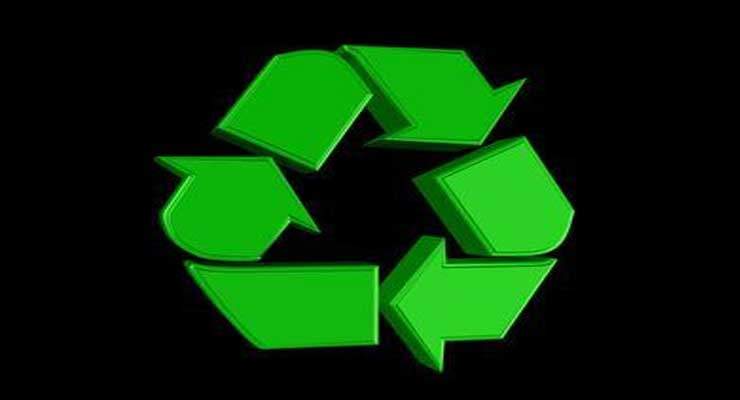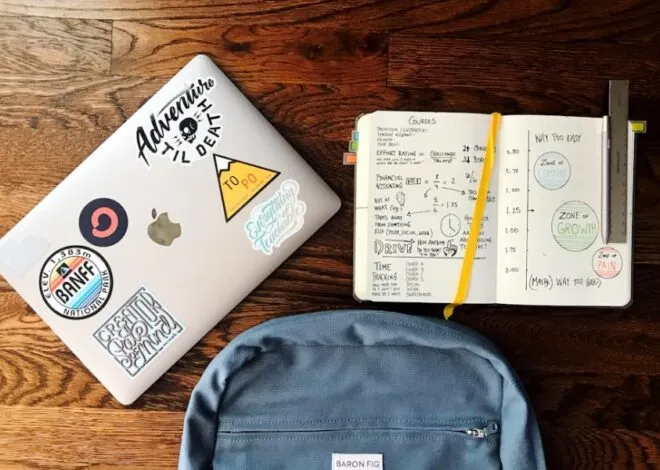Teach your children to care for the environment by going green at home. You can show your children how to be green and protect the Earth without being preachy. Make simple changes in your lifestyle and explain why you are making those changes so that your children understand why going green is important. You can even turn going green into a game while instilling good, eco-friendly habits in your children.
Recycling and Composting
Step 1
Put a recycling bin next to any trash can you have in your home. Explain to your children what recycling is and why it is important to do. For instance, recycling turns old paper into new paper or empty plastic bottles into park benches and saves resources.
Step 2
Make a chart with your children that details what you can recycle at home and what you have to throw away. Draw pictures of the things that can be recycled or simply write the names of the objects if your child is old enough to read.
Step 3
Start a compost bin in your backyard for vegetable and fruit scraps, leaves and newspapers. If you don’t have a backyard, you can have a small worm bin under your sink. Make sure you use red wrigglers in your bin, as any other type of worm won’t break down the food scraps properly. Explain to your child how composting works and why it is important to do.
Teach Children to Conserve
Step 1
Turn the water off when you brush your teeth or wash the dishes. Teach your children to do the same. Explain to them that water is a precious resource and that clean water is difficult to find in some places and needs to be conserved. Take showers instead of baths. Aim to take showers that last five minutes or less. Play a game to see who can take the quickest shower.
Step 2
Teach your children to conserve energy and electricity by turning off anything they are done using. Have them turn lights off as they leave a room. Make it a nightly habit to unplug any big electronic devices, such a stereo or television, before bed.
Step 3
Leave the car at home at least one day a week and have a family bike or walk to work and school day. Your children will get the exercise they need, and you’ll get to spend time together, enjoying the outdoors.
Show Them Where Their Food Comes From
Step 1
Start a garden with your children. You can use the compost you made when teaching your children about waste to fertilize your plants. Grow vegetables you know your children like. If you have extra produce at harvest time, see if you can donate it to a local food bank or shelter.
Step 2
Skip buying processed foods, such as frozen dinners or packaged snacks. Explain to your children how much energy is needed to make processed foods and how wasteful consuming them can be.
Step 3
Take your children to a local farm so that they can see how the animals they eat are raised. If your children are older, you may want to explain to them the difference between pastured raised cattle and animals raised on factory farms, as well as the environmental implications of both methods.





